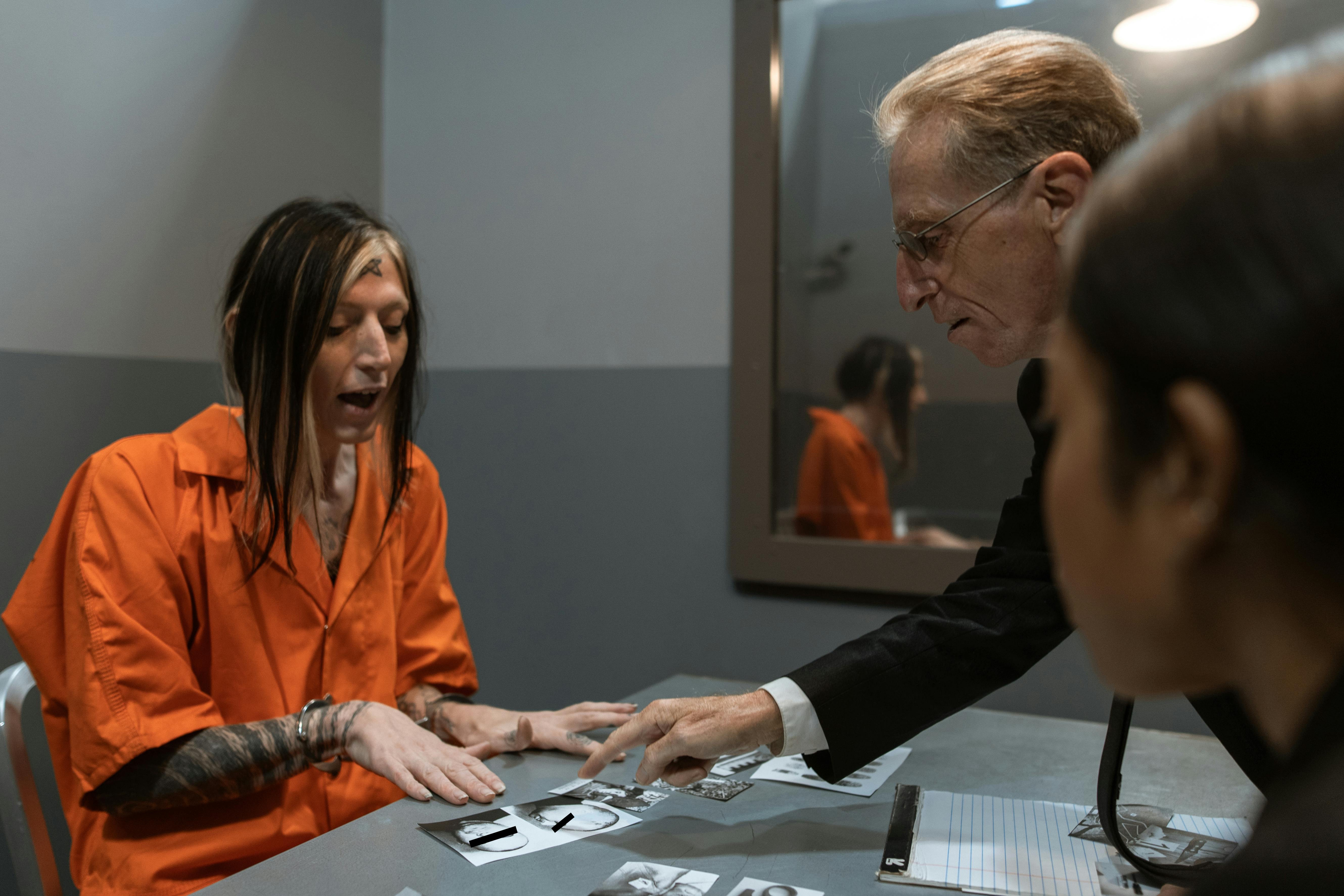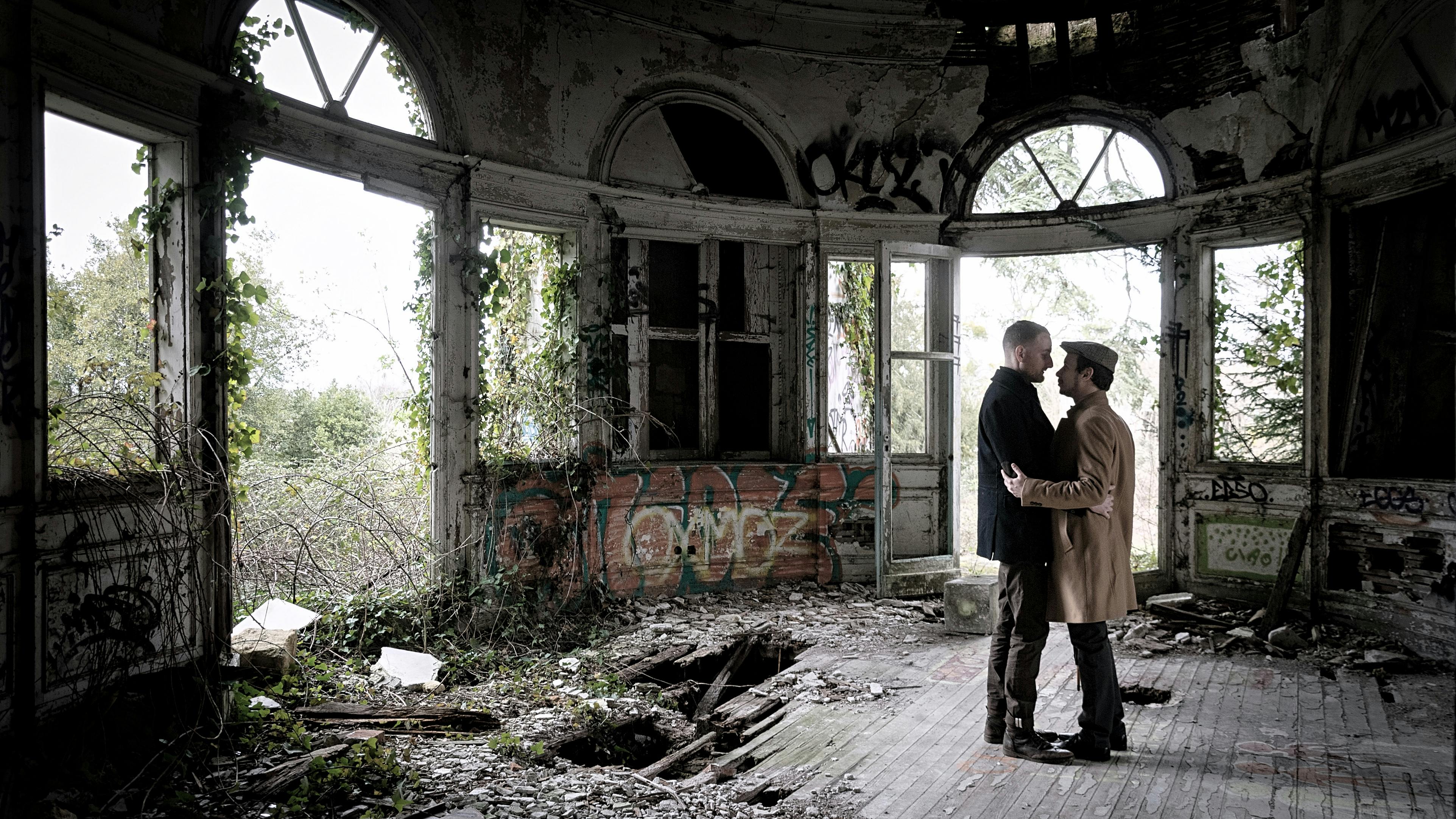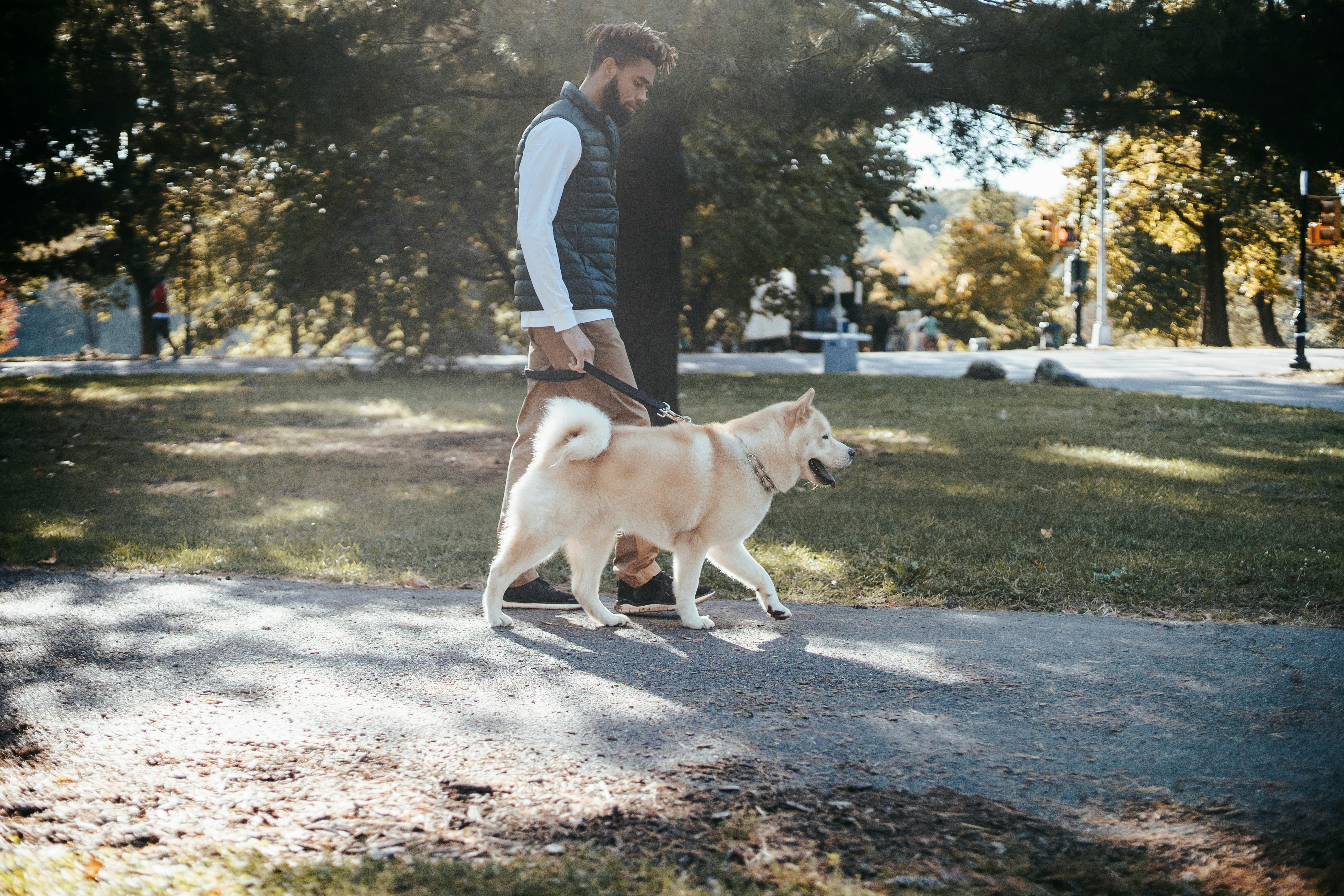Arizona is an incredibly beautiful and wildly diverse state with topography ranging from low-level desert landscapes to towering mountain peaks and alpine forest ranges. However, more than any other geological feature, Arizona is widely known for its beautiful and remote rocky canyons, deep gorges, waterfalls, and ponds that are scattered throughout the state. What I find even more amazing, though, is that many of these wild canyons are accessible via “non-technical” hiking trails that don’t require ropes and are literally within a day’s drive of Phoenix or Tucson. For a great day trip and hike from late summer to early fall, if you’re up for a more exciting challenge and an extraordinary and scenic day hike, then take a canyoning and mountain sliding hiking adventure to Seven Cataracts, and explore Willow Canyon, Tucson, Arizona.
It was the Labor Day holiday and early on Sunday morning I left Phoenix, around 6 am, left the city on I-10 East and arrived in Tucson at 7:30 am at the Ina exit. Road, I exited the freeway and turned left, heading east 8 miles, and met the TLC Hiking Group, led and organized by Eric Kinneman, at the Westin La Paloma Resort and arrived at 8am. Because parking was said to be limited at the trailhead for this hike, we shared it together and left for the hike and day trip east on Sunrise Blvd. at 8:25am
The beautiful drive up Sunrise Blvd through the northern reaches of Tucson and through the rolling foothills of the beautiful Santa Catalina Mountains has always been one of my favorites. The Santa Catalina Mountains are the highest mountain range in Tucson, reaching up to 9,157 feet at their summit, Mount Lemmon. To get there and to the trailhead for our hike, we switchbacks through Tucson, drive east on Sunrise Blvd to Swan Road, turn right (south), onto River Road, turn left (east), and then we turned right onto Sabino Canyon Road, left onto Tanque Verde Road, and headed east on Tanque Verde Road until we hit Catalina Highway, also known as “Mount Lemmon Scenic Byway,” and then left again .
It was about 4 miles past the left turn on the Catalina Highway that enters the Coronado National Forest and begins the winding ascent into the rugged Santa Catalina Mountains. Although it has been a long time since I was last there, I was still in awe of how beautiful and wonderful this trip really is. Immediately as you go in elevation starting at 3000ft the views are absolutely stunning with every hairpin turn offering either a new amazing rock formation or a beautiful view of the canyon in the distance. If you like to stop and take lots of pictures, as I always like to do, you have plenty of opportunities to do so because this tour offers a number of viewpoints to enjoy along the way. However, at about mile marker 5, just past the Molino Canyon Overlook, there is a pay station where you must purchase a $5 Coronado National Forest Day Use Recreational Pass if you plan on stopping anywhere further down the road. path. We bought the day use passes, one for each vehicle, and traveled three more miles until we reached Seven Cataracts Vista Point, just past Thimble Peak Vista and about mile 8 and about 1/3 of the way to Mount Lemon.
We stopped at Seven Cataracts Vista Point, and our trailhead, parked, and started our hiking and canyoning adventure for the day at 9am The view looking down Willow Canyon below was absolutely beautiful, but also incredibly steep! Right off the bat, the drop into Willow Canyon on this “day use” trail was intense, to say the least. Estimated to be about a 1000-1300 foot descent down with a 60% grade on all loose dirt, gravel and rocks, each of us had to literally drop to the ground on our “butts” and from a section to another, slide it down for about a total of ¼ mile until we’ve hit the bottom. What a site it was to see too, really exciting and great fun! However, this “unofficial” trail, used mostly by experienced canyoneers, is considered very difficult, some even say treacherous or dangerous, so I would not recommend doing this hike on your own unless you are an experienced canyoneer. or have a canyon hiking guide with you.
Once we all slid safely down and reached the bottom and after a quick group photo, Eric began leading our group on our canyoneering exploration further down Willow Canyon, scrambling, rock hopping, and climbing class 3 to through partially open waterfalls. Really beautiful and spectacular scenery too! We continued for about ¼ of a mile where we had reached some really nice falls and enjoyed the opportunity to cool off, rest and enjoy the peaceful tranquility and beauty of this remote and lesser known canyon. Meanwhile, Eric, along with several other adventuring members, traveled for another 1/3 to ¼ of a mile, and after more scrambling, rock hopping, and class 3-4 climbing, they reached a beautiful 100-foot waterfall. and a bigger hole to swim deep enough. he said that even with a 10-foot cliff jump, they couldn’t hit bottom! Amazing!
After about an hour of rest, we decided it was time to start heading back. Now it was time for the most challenging part of our canyoning adventure: getting back! So we started our hike back through Willow Canyon the same way we came, scrambling, skipping rocks, wading through pools, and then back up through the waterfall. However, it only took a little while and within minutes we had all safely returned to the base of the hillside we had originally “slid” on earlier. It was here that we settled back in with Eric and then split into two groups. You could decide to do the ascent in the same place you came down with a 60% incline on all loose dirt and gravel, where Eric said it was for every 3 steps up, a slide of one or two back. Or my friend Dan decided that it seemed that if he climbed it a little more to the left, he could more easily climb it over the rocks and cliff to the top. So I, along with several other members, followed Dan’s example and hand over foot, slowly and carefully climbing it, section by section until we safely reached the top. Wow, for me and someone who is afraid of heights, and has no rock climbing experience, it was challenging, but great fun and awesome training too!
Once back at the top and in the Seven Cataracts Vista parking lot, we waited for the final members to return safely, then at 12:15pm we headed back to our cars to drive the rest of the way to Mount Lemmon for lunch. at the Puerta de Hierro Restaurant. The views along the way were again spectacular as you make your way from an elevation of 5,000 feet to the Mount Lemmon Sky Valley, an elevation of about 8,200 feet. Although the signs of the devastating Aspen fire in 2003 were noticeable, it was still very beautiful and the temperatures at this time of day, in the low mid 80’s, were very cool and refreshing.
However, with the 2.5 hour wait at the restaurant, due to it being a weekend and also a holiday, we decided it was best to turn around and head back.
We got back to Tucson around 2 p.m. , headed back to Phoenix from there to return home around 6 p.m.
Overall, it was truly an extraordinary canyoneering exploration and waterfall hiking adventure with TLC Hiking Group, carefully researched, well planned, and thought of down to the last detail by Eric Kinneman himself. He really had it all, incredibly beautiful, exciting, but also very challenging. I think this hike is best summed up in Eric Kinneman’s own words, in which he quotes: “The Seven Falls Waterfall Adventure Hike is an amazing hike that I highly recommend to people. It will test your fears, will give an amazing workout and take you through magnificent canyons, a 100 foot waterfall and a swimming hole rarely seen by anyone. What more could you ask for!”









